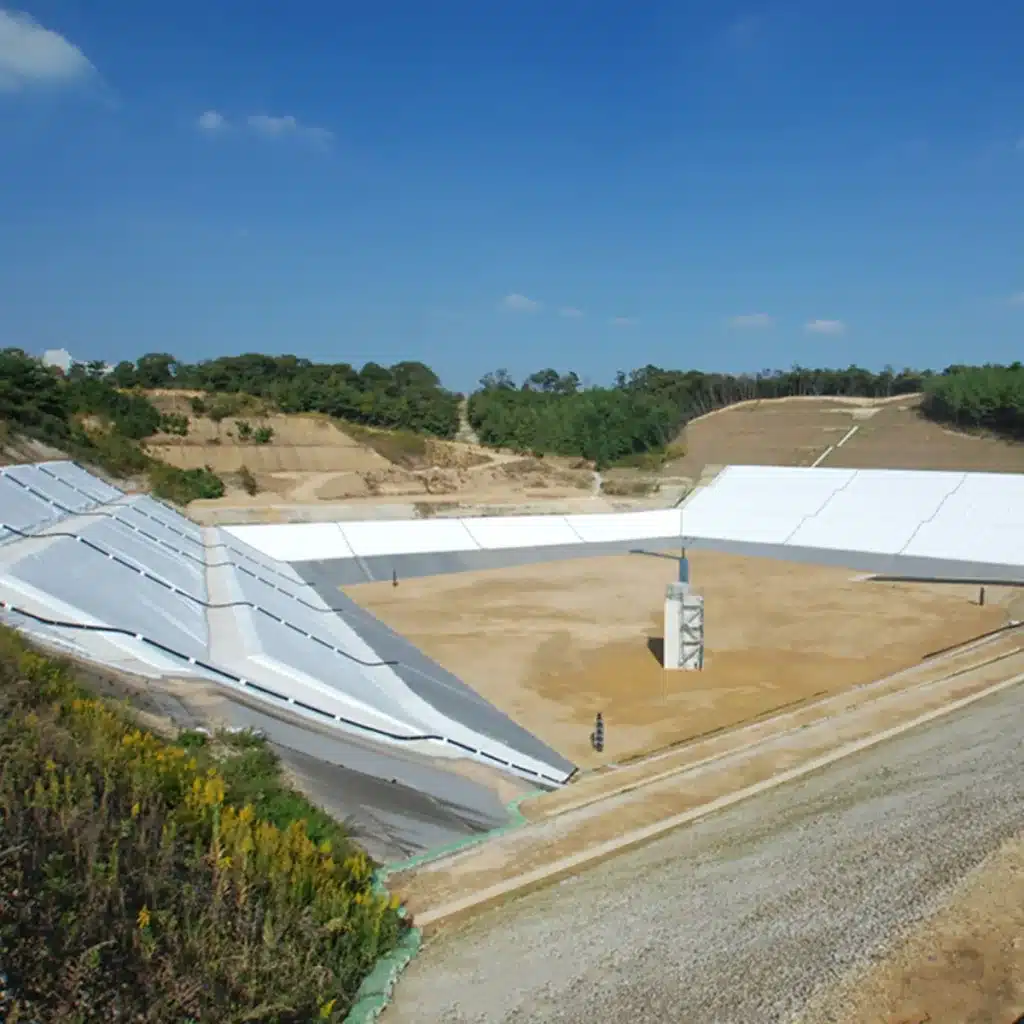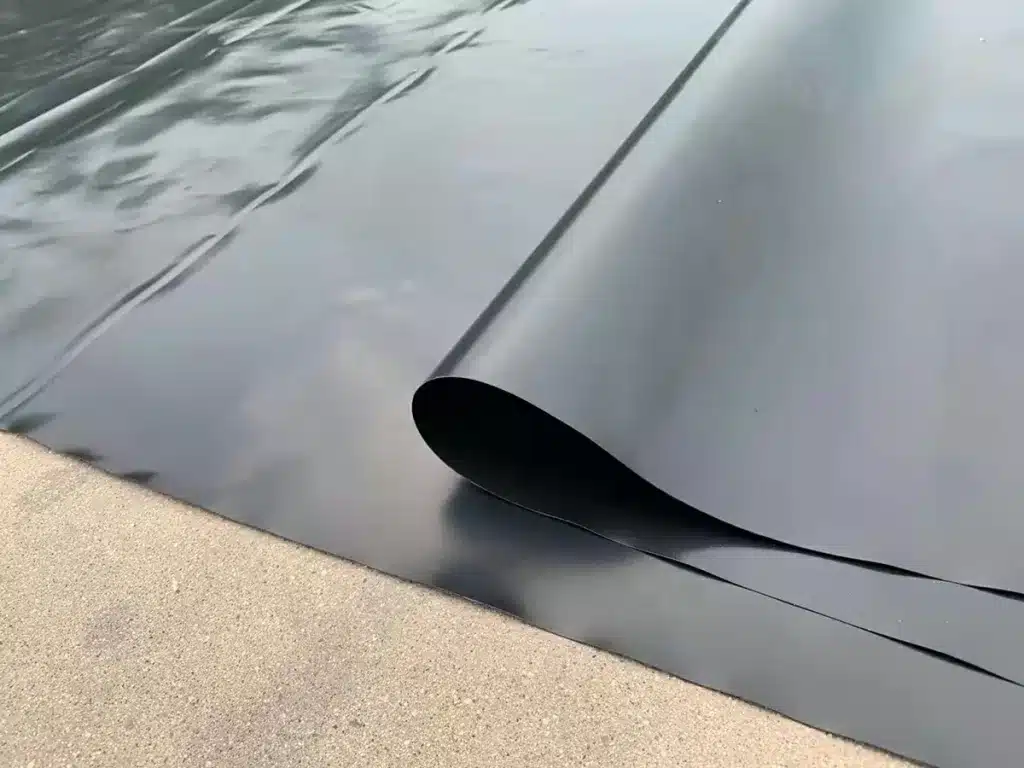+86-159 9860 6917
info@geofantex.com
geofantex@gmail.com
+86-400-8266163-44899
Geotextile membrane, a versatile fabric engineered for various applications, has revolutionized the fields of civil engineering and construction. This high-performance material plays a crucial role in soil reinforcement, erosion control, drainage systems, soil stabilization, and weed prevention. Geotextile membranes effectively separate and strengthen soil layers, making them indispensable in road construction, landscaping, and environmental protection projects. Their durability, permeability, and eco-friendly attributes have made them a preferred choice for sustainable engineering solutions. Whether you’re working on a large-scale infrastructure project or a small landscaping endeavor, understanding the benefits and applications of geotextile membranes is key to achieving long-lasting, resilient results.

What is geotextile membrane used for?
A geotextile membrane is a fabric sheet utilized in conjunction with soil for various purposes, including ground reinforcement, ground drainage, soil separation, erosion control, soil stabilization, and weed prevention. This material is applied within the subbase to separate soil layers and enhance ground reinforcement.
What is the difference between geotextile fabric and membrane?
Geotextiles, just as its name implies, are made of nonwoven fabrics and are mainly used to consolidate subsoil. Geomembrane is made of high-density polyethylene, primarily for seepage-proofing.
Does water pass through geotextile?
Geotextile membranes are typically designed to allow water to pass through them. They are specifically engineered to be permeable, meaning that water can flow through the material. This permeability is a key characteristic that makes geotextiles useful in drainage, filtration, and erosion control applications.
Is geotextile water permeable?
Yes, geotextile membranes are water-permeable. They are manufactured with permeable materials that allow water to pass through while retaining their structural integrity. This property is essential for geotextiles to perform their intended functions, such as filtering out fine particles from water, stabilizing soil, and preventing erosion while still allowing water to drain through the material.



Get Free Sample
We’ll respond as soon as possible(within 12 hours)





















